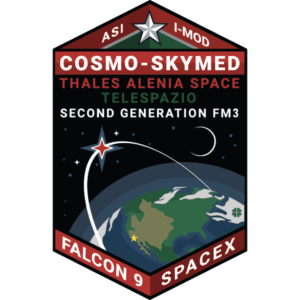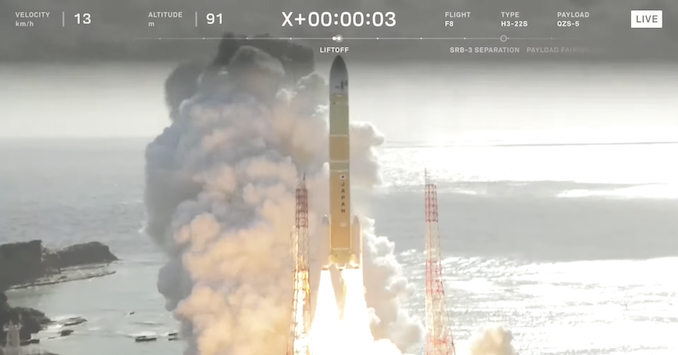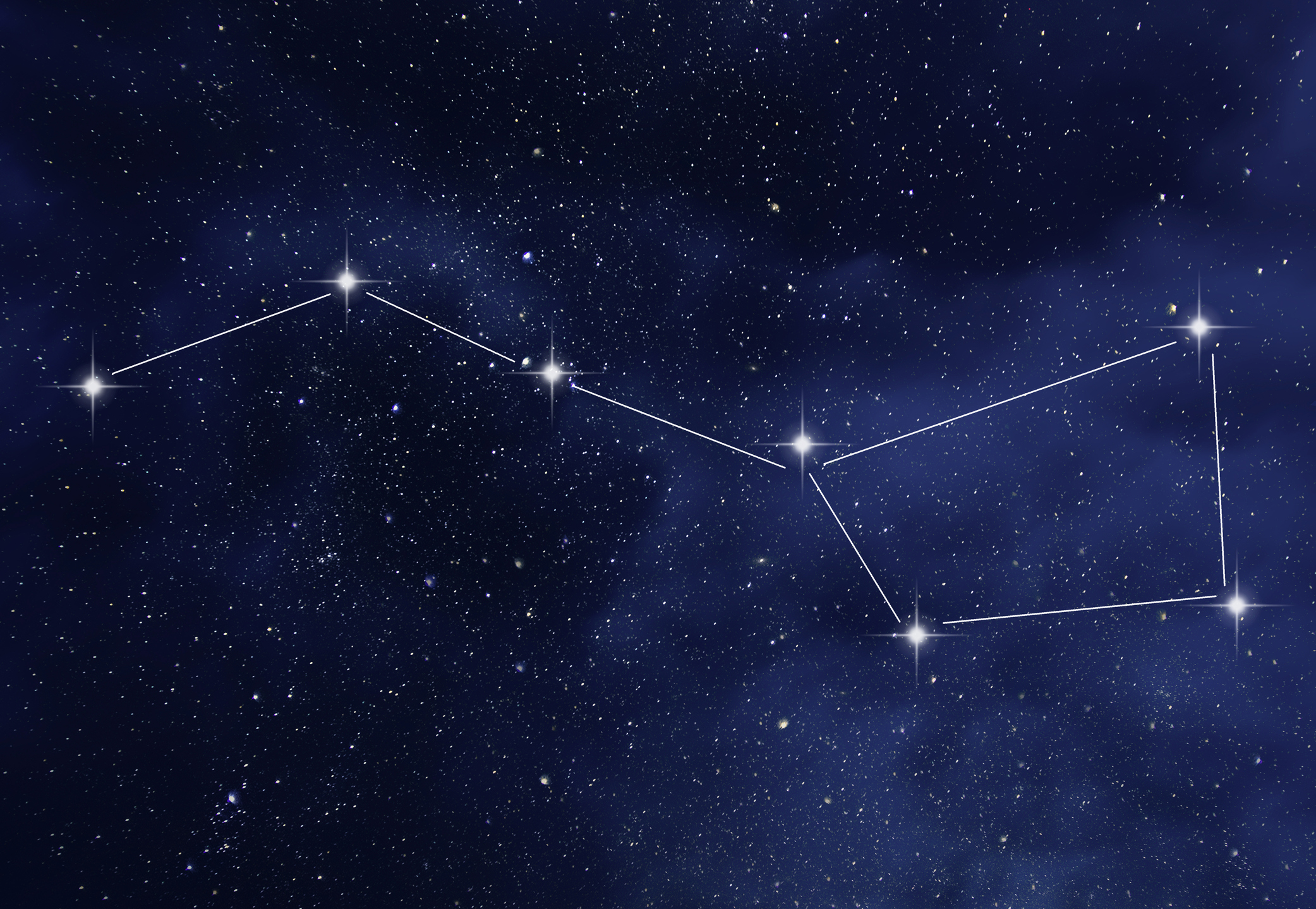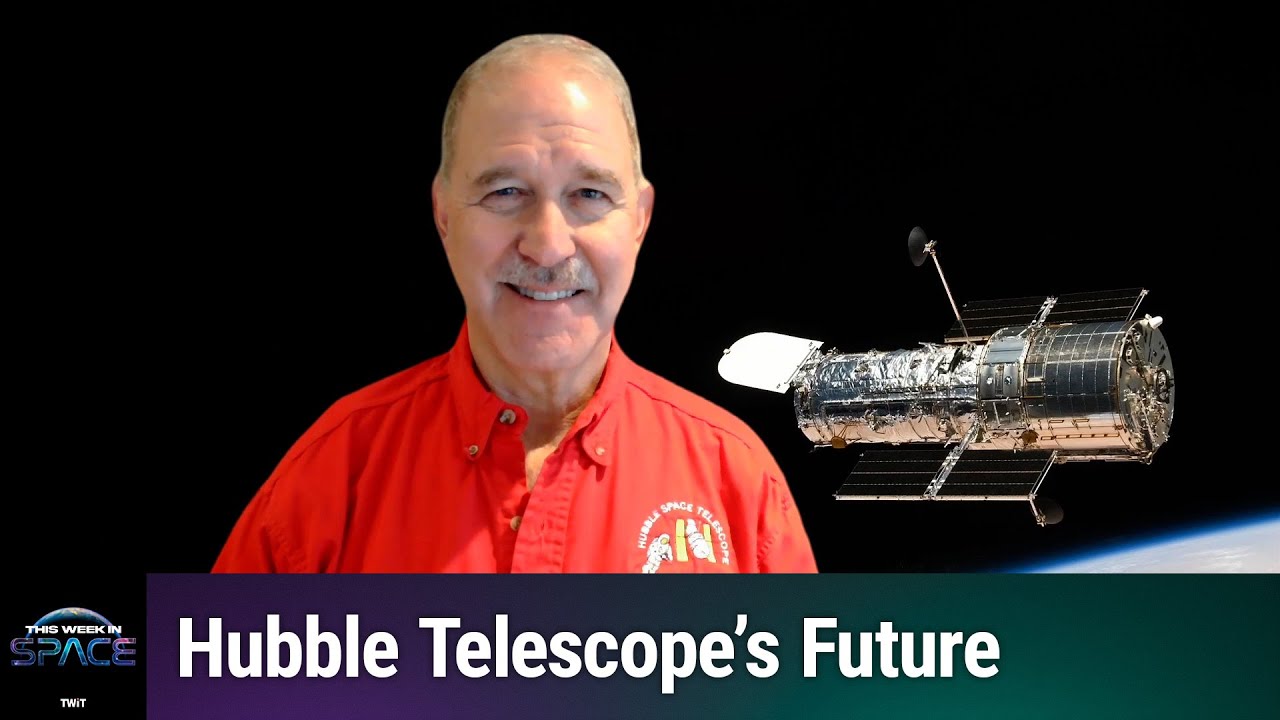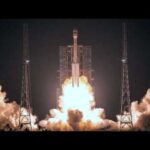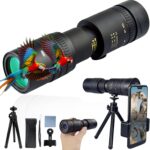Now Reading: Firefly Aerospace to launch Lockheed Martin LM400 tech demo satellite on Alpha rocket from Vandenberg
-
01
Firefly Aerospace to launch Lockheed Martin LM400 tech demo satellite on Alpha rocket from Vandenberg
Firefly Aerospace to launch Lockheed Martin LM400 tech demo satellite on Alpha rocket from Vandenberg
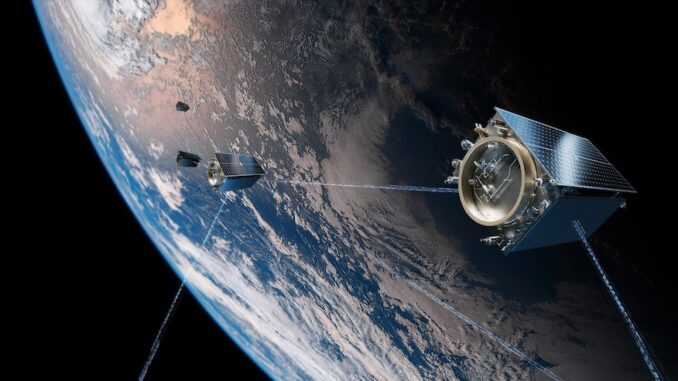
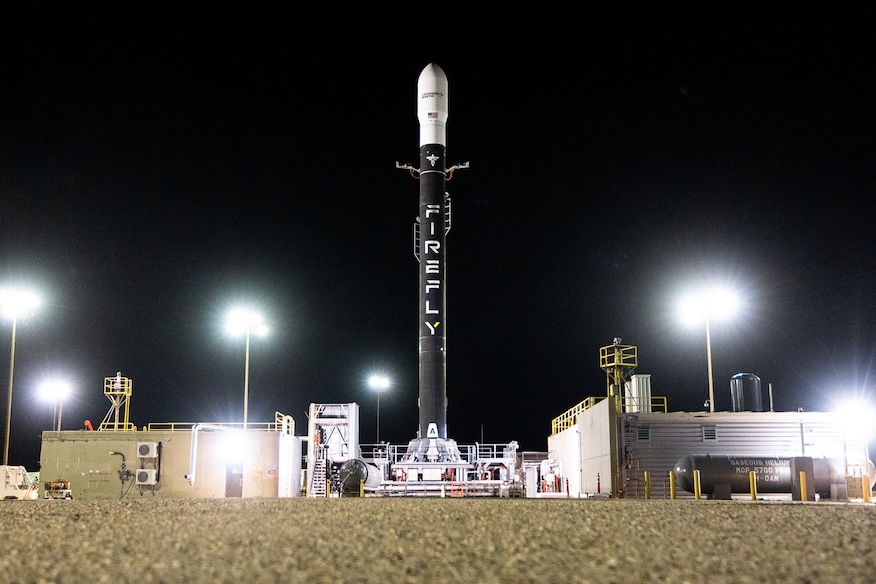
A perfect storm of range restrictions and suboptimal weather seems to finally be clearing for Firefly Aerospace. After delaying the flight of their sixth Alpha rocket for more than a month, the company announced a new launch window, which opens on Sunday.
Onboard the rocket, designated FLTA006 by Firefly Aerospace, is a technology demonstration for Lockheed Martin’s LM400 satellite bus. The mission, dubbed ‘Message in a Booster,’ has its first launch opportunity during a window that runs from 6:37-7:29 a.m. PDT (9:37-10:29 a.m. EDT, 1337-1429 UTC).
That roughly one-hour window is the first opportunity in a five-day stretch approved by the Western Range. Liftoff from Space Launch Complex 2 West (SLC-2W) at Vandenberg Space Force Base is contingent upon good weather and Firefly Aerospace said it will “continue to evaluate wind conditions” as the planned launch day approaches.
On Friday, the company said there was a 60 percent chance for favorable weather conditions on Sunday.
The mission is the first of a series of up to 25 launches that Lockheed Martin purchased from Firefly Aerospace, which was announced in June 2024.
“Firefly is honored to continue this partnership with Lockheed Martin and appreciates their confidence in our rapid launch services to support their critical missions for years to come,” said Bill Weber, who was CEO of Firefly Aerospace at the time of the announcement. “The Firefly team has scaled up Alpha production and testing and significantly streamlined our launch operations to fly Alpha more frequently and responsively. This allows us to continue delivering the one metric ton rocket the industry is demanding.”
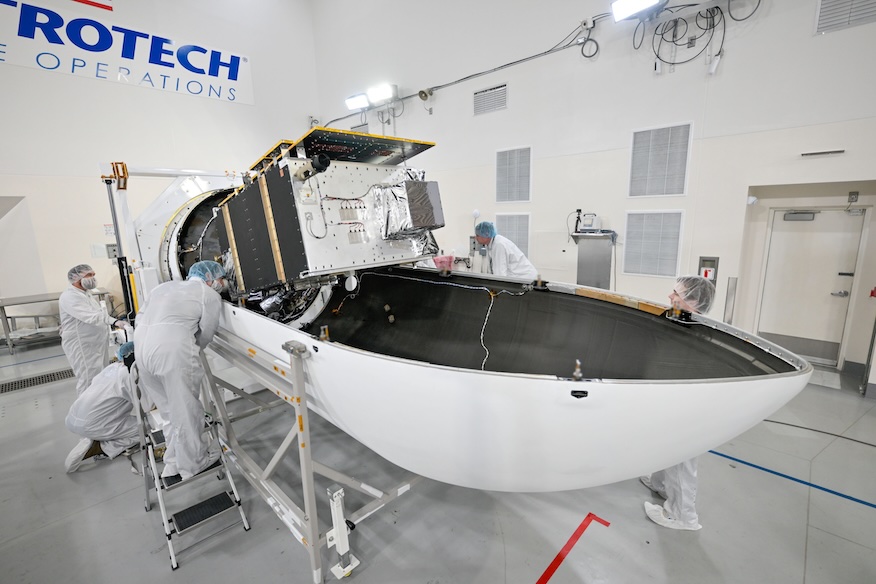
The satellite was encapsulated inside Alpha payload fairings on March 11 and prepared for a launch on March 15. However on Friday, March 14, Firefly Aerospace announced that their planned weekend launch was being delayed “due to a Range constraint at Vandenberg.”
The company never explicitly said what was occupying the Western Range, but sources tell Spaceflight Now that it was due to preparations for a series of missions launching on behalf the National Reconnaissance Office.
That run began with the flight of the Transporter-13 mission on March 14, which carried “a research and development demonstrator” that consisted of two 6U CubeSats that were designed and operated by the NRO’s Advanced Systems and Technology Directorate (AS&T).
That was followed less than a week later by the NROL-57 mission on March 20 on another SpaceX Falcon 9 rocket. More recently, there were a series of NRO missions on two more Falcon 9 rockets and a Northrop Grumman Minotaur 4 rocket on April 12, 16 and 20.
Those combined with suboptimal weather conditions for the launch of a comparatively newer rocket prevented Firefly Aerospace from making a launch attempt on the ‘Message in a Booster’ mission.
During a media roundtable on the sidelines of the 40th Space Symposium, Bob Behnken, a former NASA astronaut and vice president of Strategy and Business Development for Lockheed Martin’s Ignite initiative and Commercial Civil Space, pointed to some of the complexities they have faced.
“A new rocket, like Firefly’s rocket, does have some restrictions in terms of what risk posture the Range needs to assume to make sure the appropriate ground facilities and civilian population is protected,” Behnken said. “I won’t go into every building and what those constraints are, but there are three that we’re watching really closely. Sometimes those change based on other launch or other movements that are happening on base. And so, we’ll be managing that as we go through.”
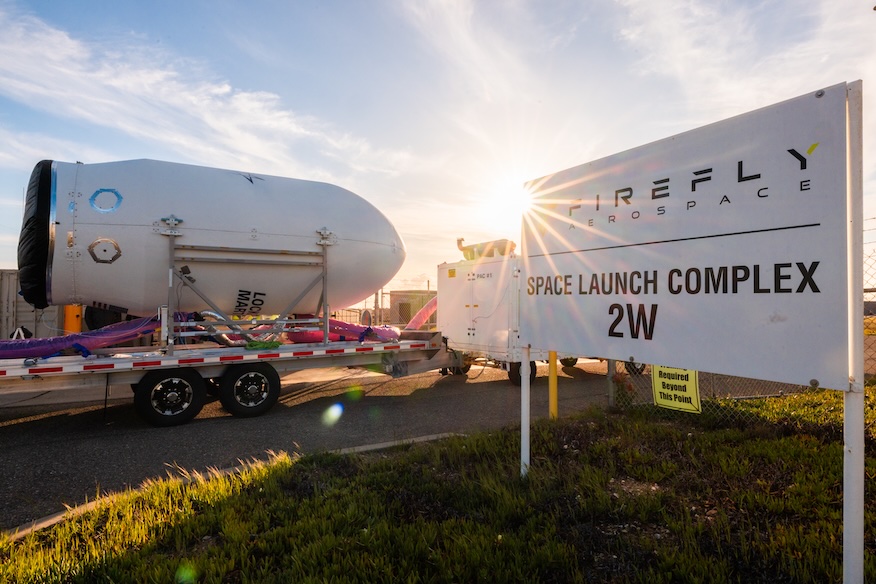
Spaceflight Now asked Behnken at the time if just the flight cadence of SpaceX’s Falcon 9 rocket, regardless of customer, was impacting the ability of Firefly to launch. He said, that wasn’t a constraint.
“It’s more things that are on-site and parked at different locations that we have to be careful (of),” Behnken said. “We are a commercial launch solution here. We don’t have the kind of national priority. They don’t adjust the range in order to manage around us. It’s a self-funded demo.
“As a commercial launch from a commercial provider, like Firefly, we have to be good stewards of the use of the military base and what’s coming up.”
Behnken declined to go into detail about exactly how much Lockheed Martin had invested into this mission, but said that the “pathfinding nature” of the spacecraft’s development through their Gateway Center has costs associated with that, which are harder to break out.
“We didn’t necessarily do everything associated with the missions to get to the lowest price point,” Behnken said. He added that “There were other objectives of the pathfinding nature,” which affected the cost.
LM 400 makes its debut
The payload of the ‘Message in a Booster’ mission is the LM 400 Technology Demonstration (Tech Demo). The launch of this hardware is part of the company’s strategy of “show more, tell less” for rolling out new capabilities to its government and civilian customers.
“The LM 400 Tech Demo is the next in a series of tech demos that Lockheed has had that are self-funded,” Behnken said on April 7. “It’s a series of missions that are specifically set up to demonstrate that the technology that we have is maturing and is ready for insertion into programs of record.”
Behnken said the LM 400 Tech Demo launching onboard the Alpha rocket is considered the “low-power version,” but noted that they have a high-power variant that’s in development as well.

As advertised, the full LM 400 mid-sized, multi-mission satellite bus will be capable of accommodating up to 1,100 kg (2,425 lbs) and is able to operate in geostationary Earth orbit (GEO), medium Earth orbit (MEO) or low Earth orbit (LEO). Behnken said Lockheed Martin already has a contract for the first LM 400 for a classified customer.
“We’re really excited to get on-orbit flight heritage delivered for that program of record,” Behnken said of that undisclosed customer’s mission. He added that they’ve also had some other government interest in the full LM 400 satellite bus, but said Lockheed Martin plans to pitch it for future procurement opportunities as well.
The LM 400 Tech Demo is designed to operate for a roughly 30-day mission during which it will showcase day-in-the-life operations.
“On orbit, it’s going to be a little bit of an interesting mission because we’re really focused on trying to get the full lifetime experience of the spacecraft on a relatively accelerated timeline,” Behnken said. “That will include, of course, the launch, it will include the traditional initialization that you need to do with a spacecraft. That will be done autonomously for this LM 400 mission.
“And then once it’s on orbit and operating, it’ll go through a series of establishing communications, demonstrating a series of spacecraft maneuvers. It will exercise our reconfigurable SmartSat software architectures.”
Following this mission, the spacecraft will perform a controlled de-orbit maneuver following the final communications with ground teams.
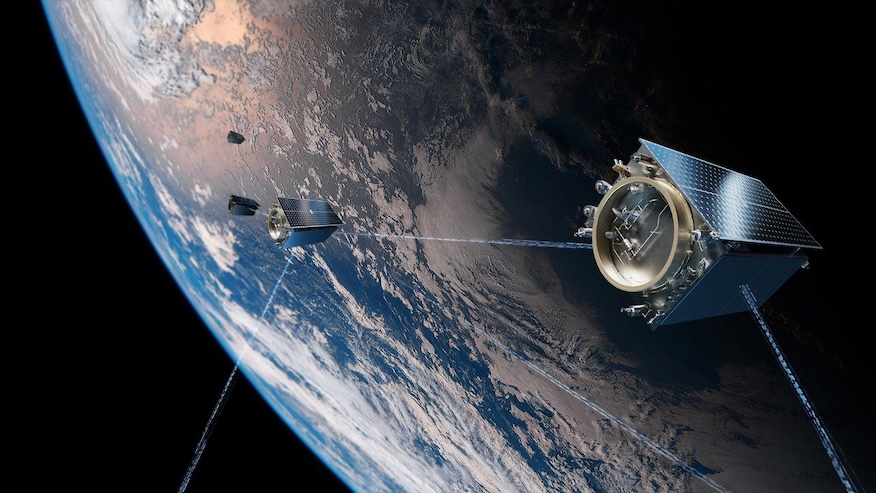
Lockheed Martin seeks to demonstrate not only the capabilities of the satellite bus, but also the production pipeline around the spacecraft from manufacturing through vehicle integration. The LM 400 came from Lockheed Martin’s Ignite, what Behnken described as the “innovation engine” within the company.
The LM 400 Tech Demo was manufactured in Lockheed Martin’s Gateway Center, described as a “state-of-the-art, multi-level security satellite production facility.” Once on orbit, it will be controlled by the company’s COSMIC Cloud-enabled, Multi-Mission Operations Center in Waterton, Colorado.
Along for the development process has been the U.S. Space Force’s Space System Command’s Space Safari office, which was stood up in June 2021. Space Safari was designed with the purpose of being able to respond to “high-priority, urgent space needs by rapidly acquiring, integrating and executing missions in support of USSPACECOM requirements and other combatant commander needs,” according to Space Systems Command.
“They’ve been along with us for the ride as a training opportunity, which has been really exciting,” Behnken said. “Fundamentally, as we execute these demonstration missions, probably the most critical element is ensuring that we get customer feedback in terms of the execution. And so, having someone, like Space Safari, shoulder-to-shoulder with our team as we work through the preparation of the vehicle gives us that valuable feedback.”
He said the fully realized LM 400 is designed for a variety of mission applications and is “particularly well-suited for proliferated constellations, whether that be military, civilian or commercial customer needs.”
Stay Informed With the Latest & Most Important News
Previous Post
Next Post
-
 01From Polymerization-Enabled Folding and Assembly to Chemical Evolution: Key Processes for Emergence of Functional Polymers in the Origin of Life
01From Polymerization-Enabled Folding and Assembly to Chemical Evolution: Key Processes for Emergence of Functional Polymers in the Origin of Life -
 02Panasonic Leica Summilux DG 15mm f/1.7 ASPH review
02Panasonic Leica Summilux DG 15mm f/1.7 ASPH review -
 03Two Black Holes Observed Circling Each Other for the First Time
03Two Black Holes Observed Circling Each Other for the First Time -
 04How New NASA, India Earth Satellite NISAR Will See Earth
04How New NASA, India Earth Satellite NISAR Will See Earth -
 05And Thus Begins A New Year For Life On Earth
05And Thus Begins A New Year For Life On Earth -
 06Astronomy Activation Ambassadors: A New Era
06Astronomy Activation Ambassadors: A New Era -
07SpaceX launch surge helps set new global launch record in 2024












